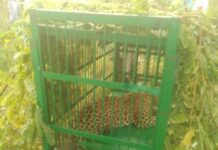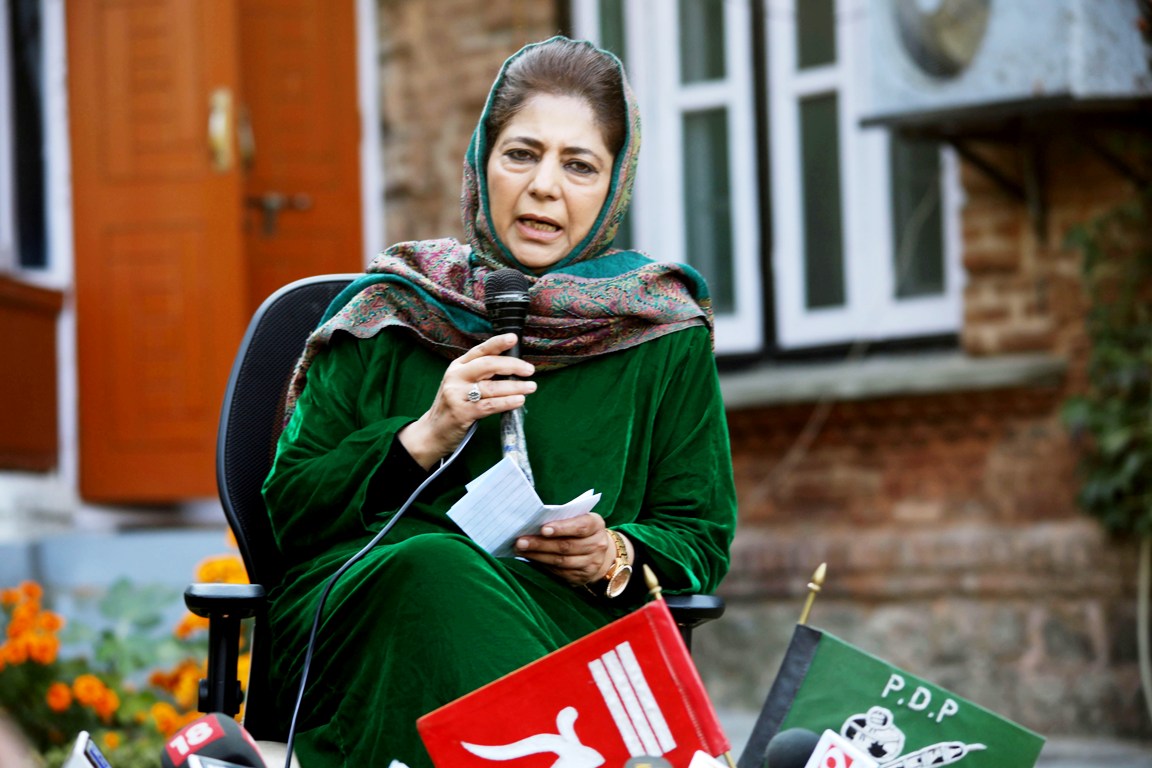by Tahir Bhat
SRINAGAR: Fresh archaeological survey conducted in Kehribal and Wantrag area of Martand in south Kashmir by Dr Abdul Rashid Lone suggests that the evidence suggest these are much older spots than presumed so far. The revelations were part of the assessments during a training programme on field surveying methods in which four researchers – Irfan, Subzar, Yasir and Rasik, participated.
Dr Lone is an Assistant Professor of Archaeology at the Department of History, University of Kashmir and is teaching history and archaeology of ancient Kashmir.
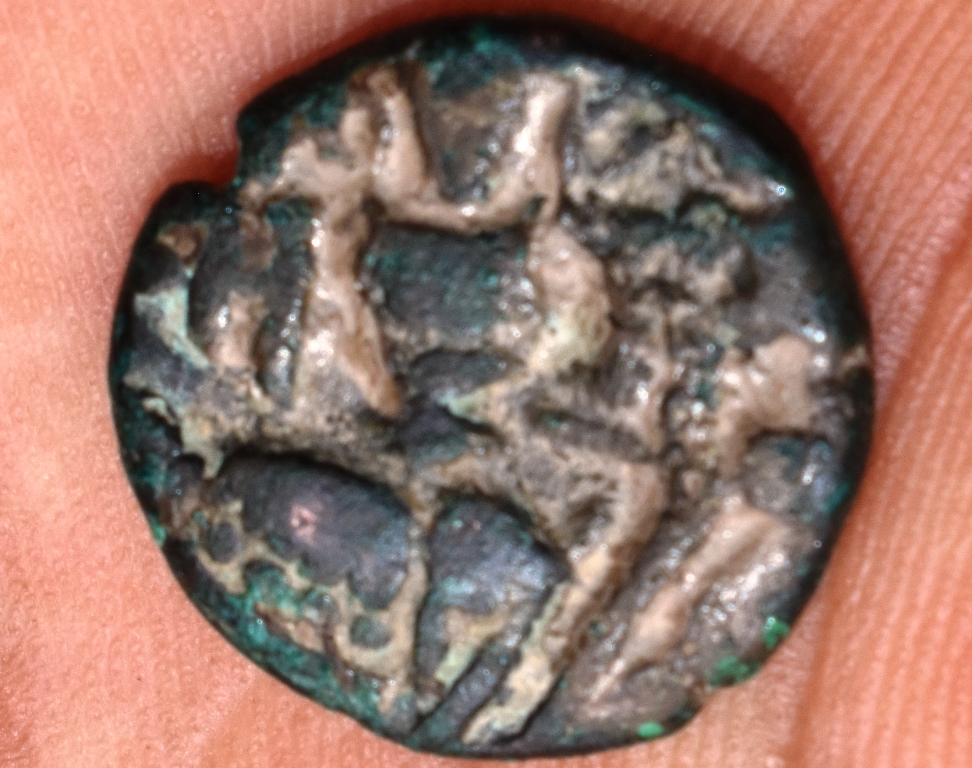
While providing archaeological field survey training to the research students, presently enrolled for PhD and working on various aspects of the history and archaeology of ancient Kashmir, Lone said his team came across a lot of archaeological material culture, which predates the antiquity of Kehribal area of Martand some 700 years early than previously thought.
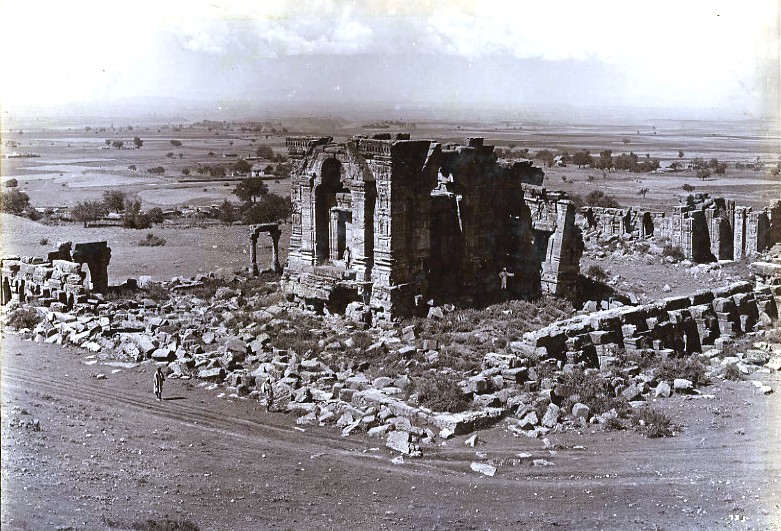
As far as the past of Martand is concerned, it is generally believed that the earliest known history of Martand starts with the construction of Sun Temple by Lalitaditya Muktapida of the Karkota dynasty of Kashmir, who built this structure during the eight century CE. Its details are given in Kalhana’s Rajatarangini (Tarang IV, verse 192), a unique work in the classical literature of early south Asia written in 1148-49 CE in verse in the Sanskrit kavya style and is divided into eight cantos (or tarangas), which number close to 8000 verses.
However, a recent archaeological survey training programme carried around this area assessed that the earliest occupations at the Kehribal and its vicinity can be traced back to the first century CE when the valley was under the occupation of Kushanas, a mighty empire that ruled parts of south Asia in the first few centuries of the Christian era, and whose historical and archaeological evidences are visible at many places across Kashmir.
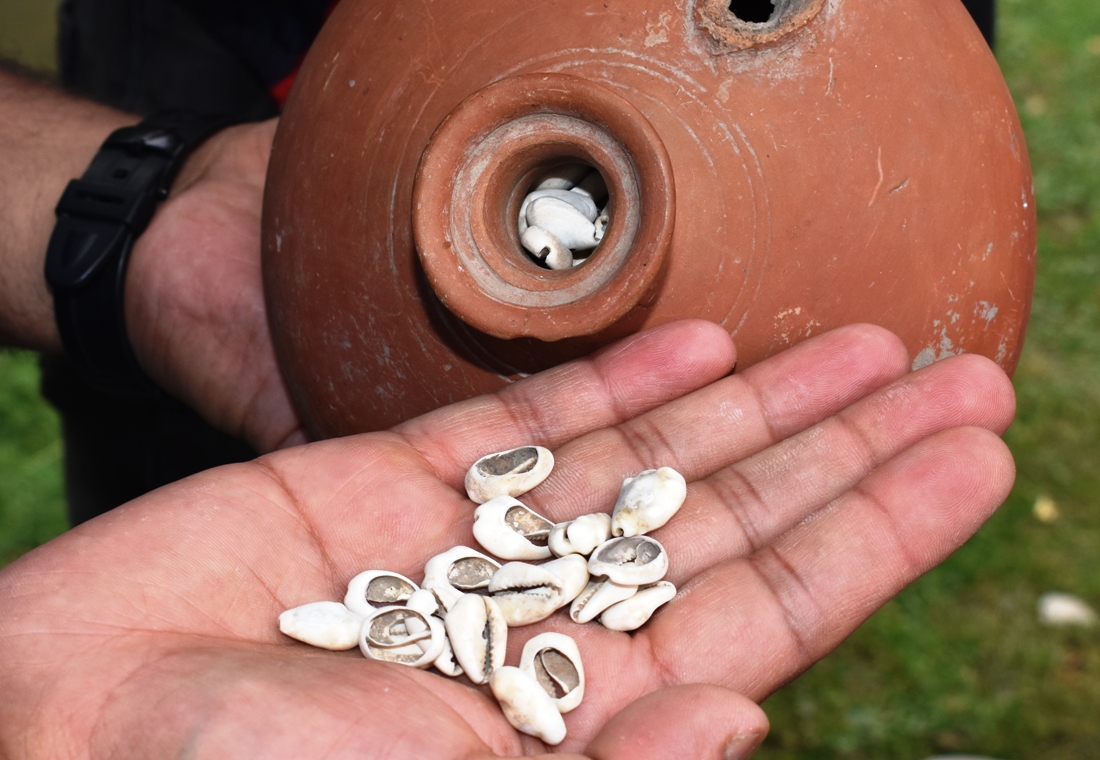
During the training sessions many unexplored villages of this area were surveyed for providing hands-on training to the students, where various aspects of the past material culture were observed including potteries of various historical dynasties, huge terracotta storage jars, pieces of old stone bowls, burnt bricks of various historical dynasties including Kushanas, rubble masonry bases of old structures, coins of some rulers of ancient Kashmir, cowries, grinding stones etc. The recovery of typical Kushana period burnt bricks and pottery along with other data suggests that this area was probably occupied by the humans much earlier than thought previously. Some conscious residents have been protecting and preserving these materials at individual levels and help researchers to under Kashmir’s past better.
It was not immediately possible to fix the absolute chronology of these material remains to conclude the era or the dynasty these antiquities may belong to.

The presence of material remains in relation to the present ecological settings of the area lead us to believe that the earliest settlements in the area around Martand karewa perhaps started by the beginning of the Christian era, Dr Lone said.
It is pertinent to mention that some Kushana period settlements are located on top of the mountains in south Kashmir e.g., at Daradkut (Huthmura), Hoinar (Lidroo) and Kutbaletc. The Kushana material culture at Kehribal and its surroundings, however, was observed for the first time during the survey. Other important new discoveries include the sites at Ich Nar, Nag Narin and Chitirgul. Fresh explorations at Kutbal, Hoinar and Daradkut opened up new vistas related to the settlement patterning behaviour of Kushanas in Kashmir.
The preliminary field observations around the area concluded that the people during the early historic period were sustained by large agricultural operations, craft activities and partially by trading and commerce. The irrigation facilities were provided to the karewa fields by means of a canal presently known as Shahkul or Ranbir Canal, whose ancient bed was probably dug during the Kushana period.
The textual evidences from the Rajatarangini and archaeological evidences from terracotta tile pavements, a conspicuous feature of settlements of the Kushana period in Kashmir, at Daradkut, Huthmura suggest that extensive grape cultivation was done in these areas during the early historic period. Additionally, the location of a large number of settlements on top of the mountains in this area at the same altitudes suggest commercial contacts and linkages between these settlements and even with outside communities at least during the early historic period.
The fresh material remains observed during the survey is subject to further curious scientific study and needs to be cross checked with the already existing knowledge on the subject, whose results shall be shared separately.





